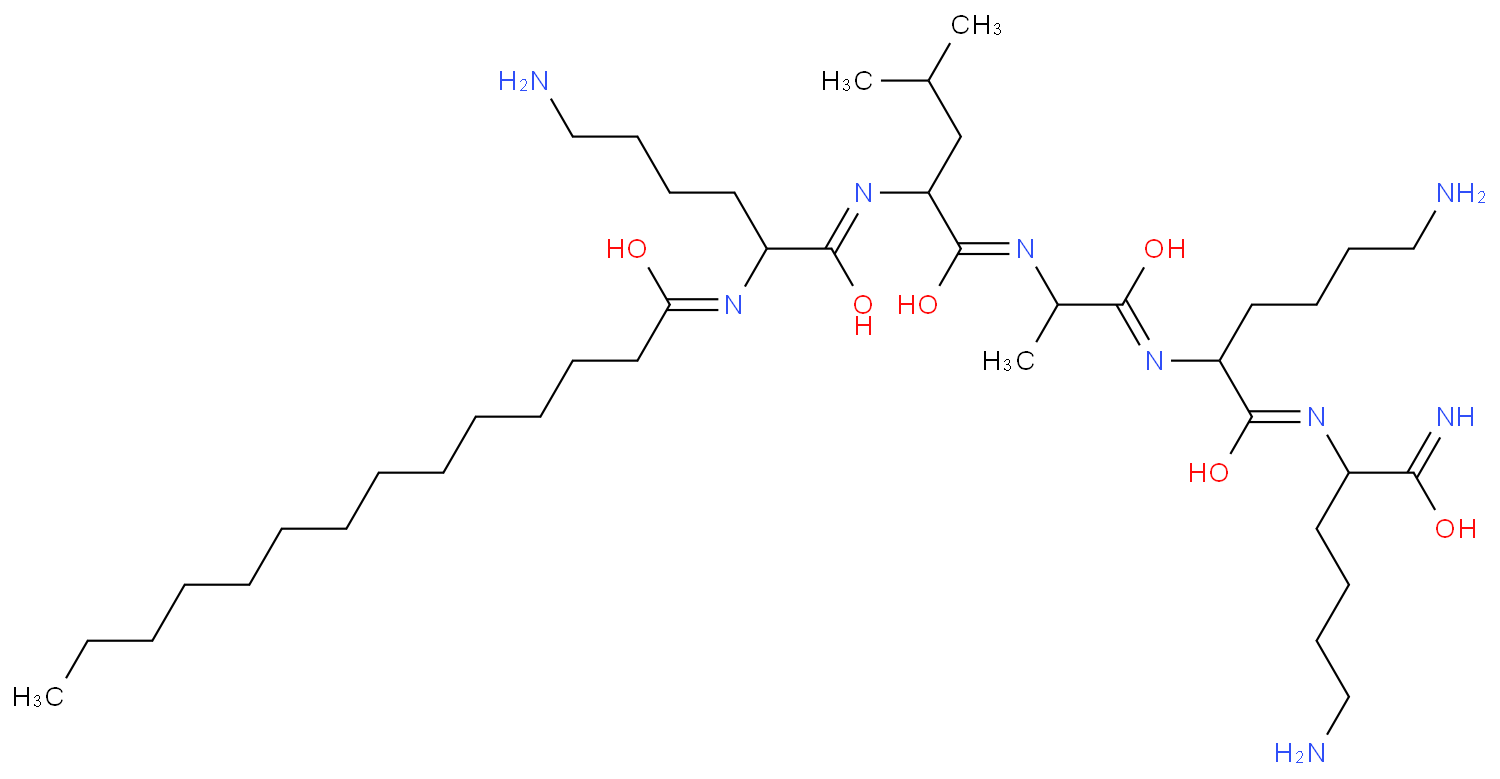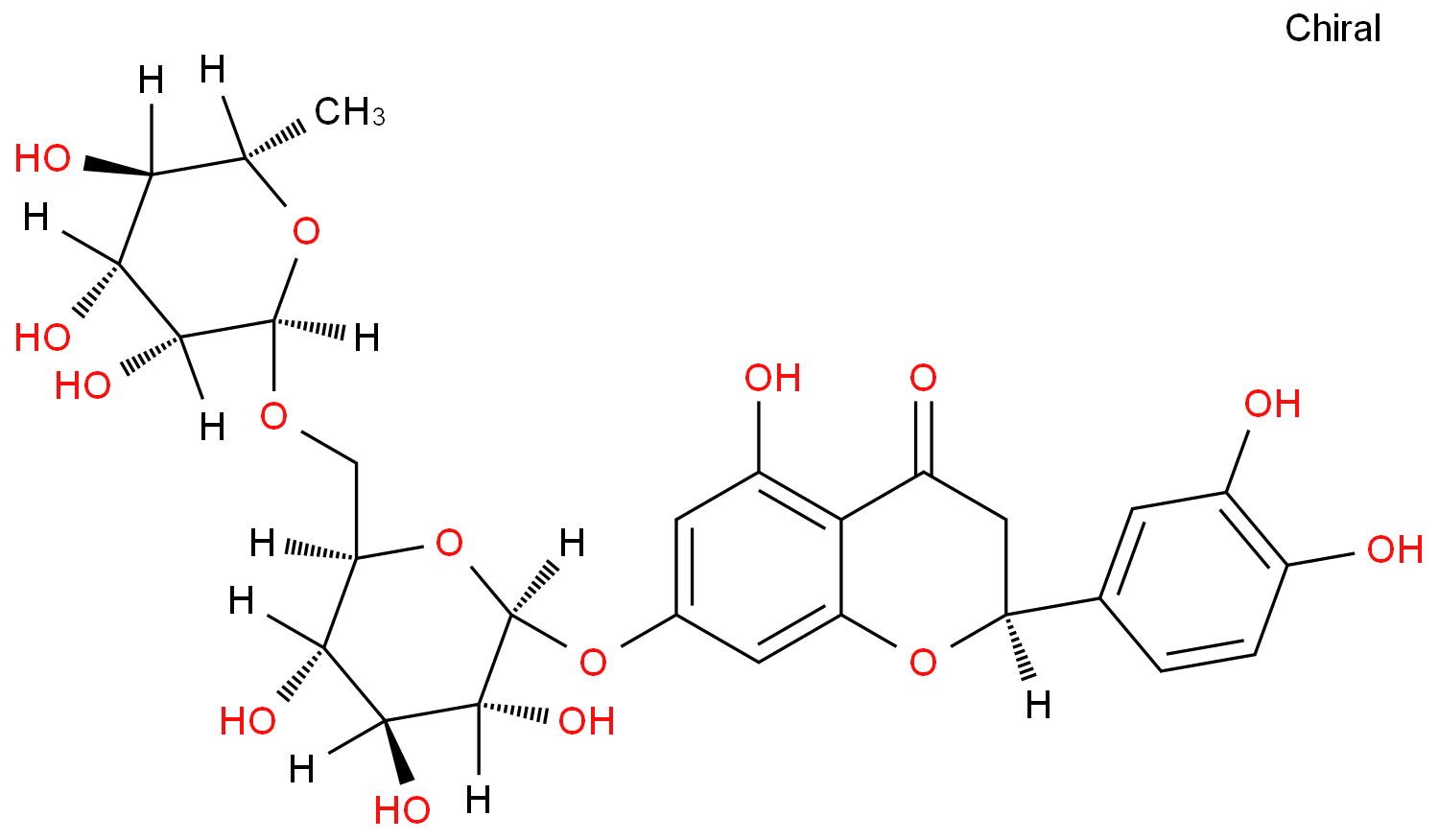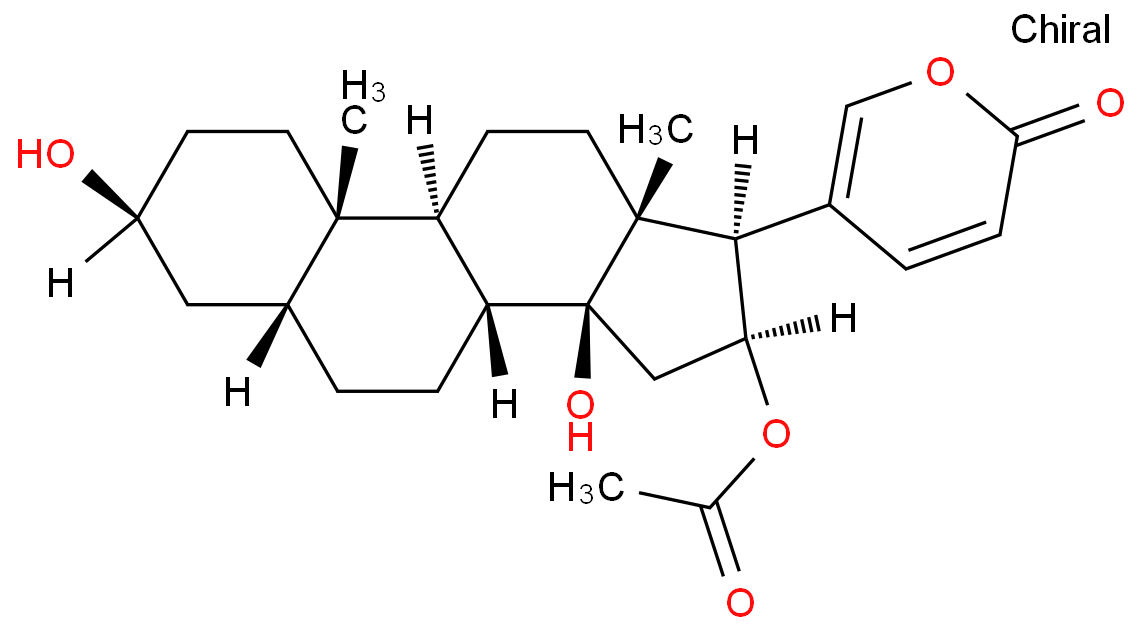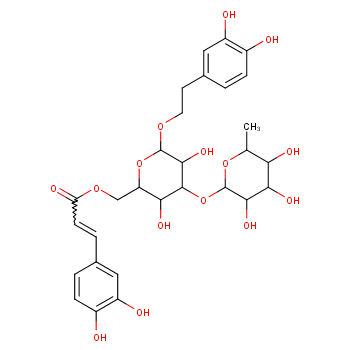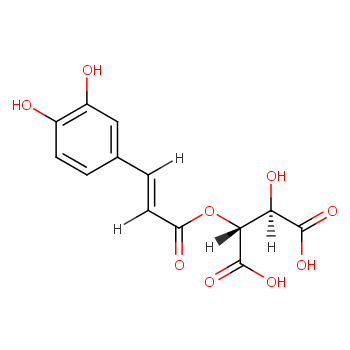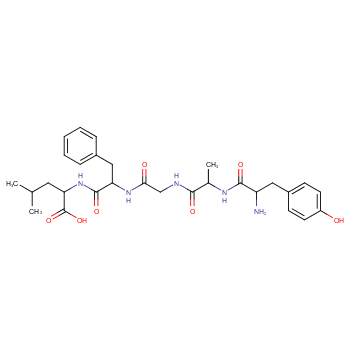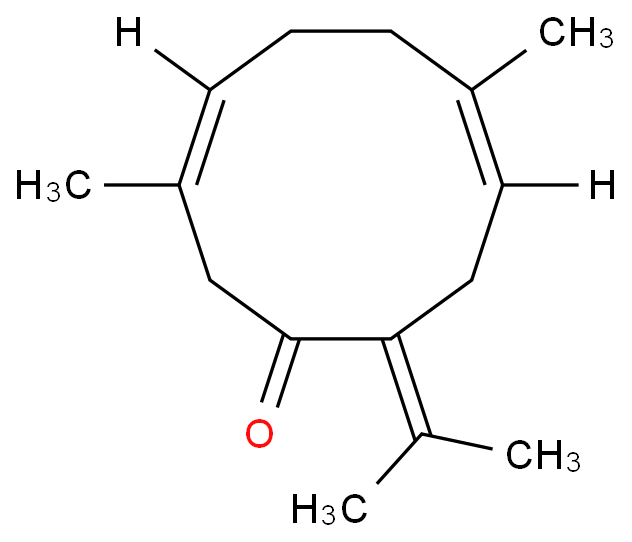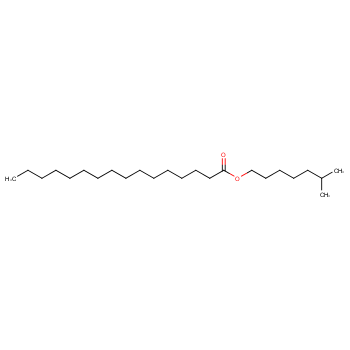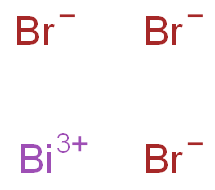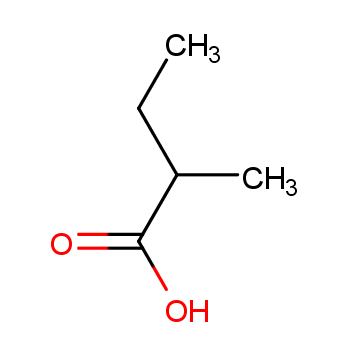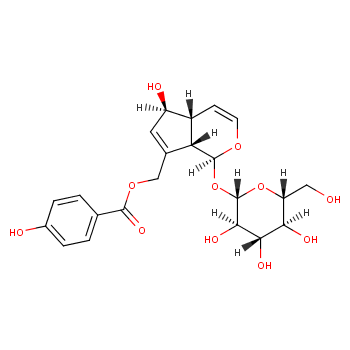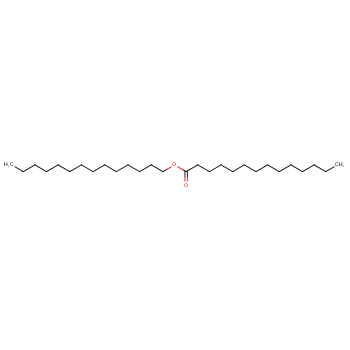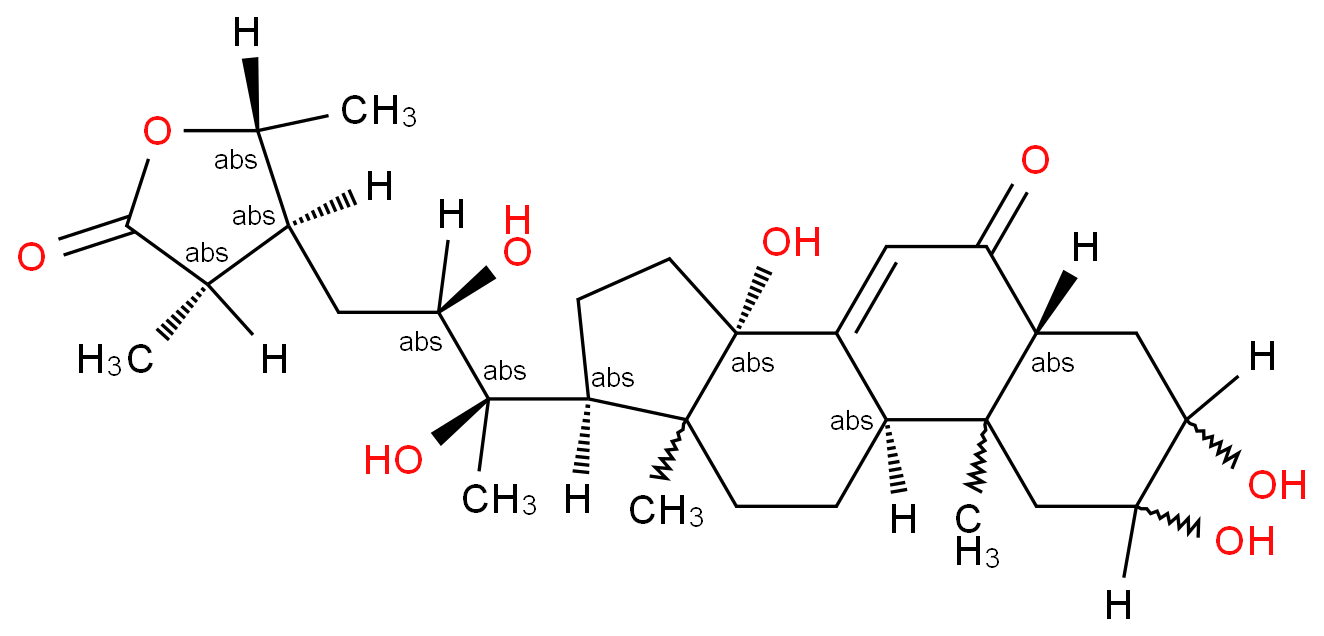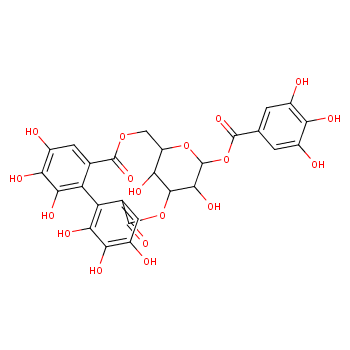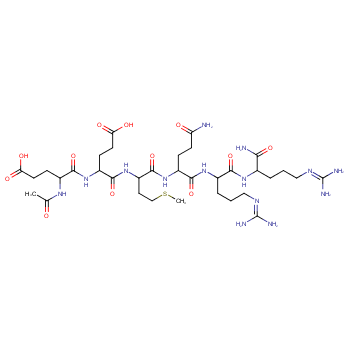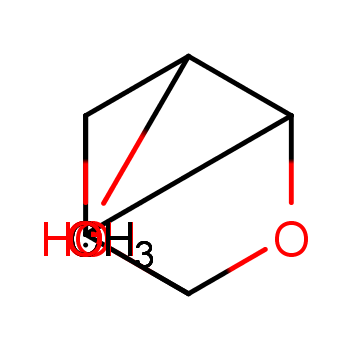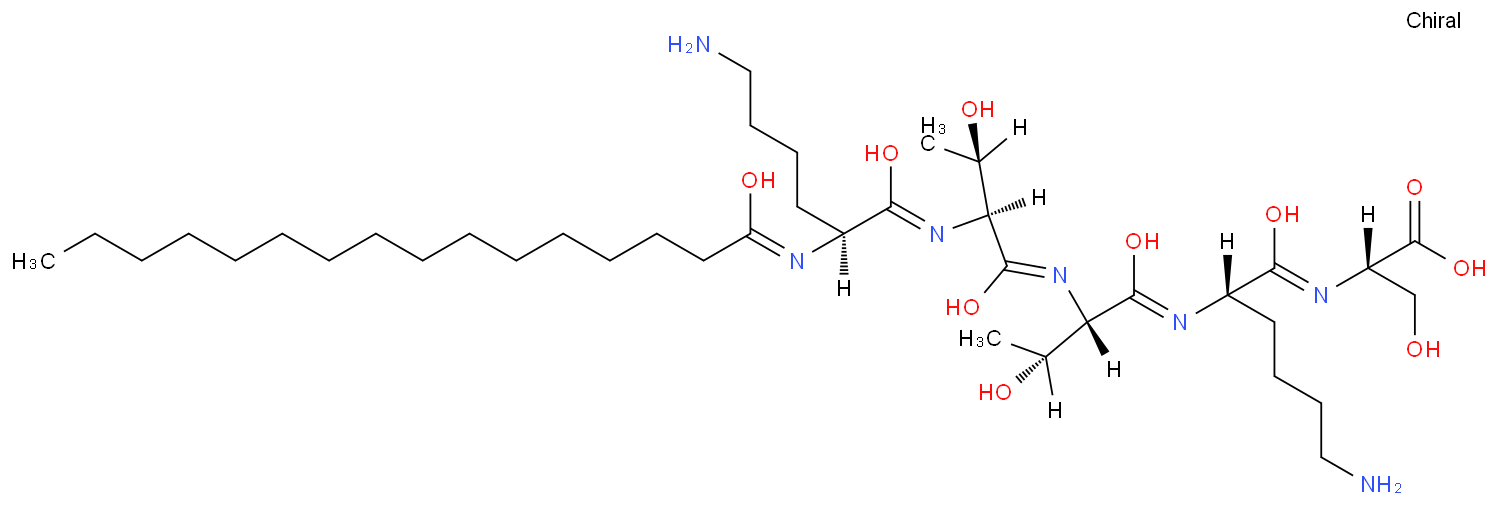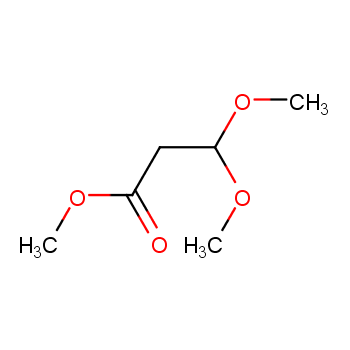Cosmetic raw materials refer to the fundamental components and ingredients used in the formulation of cosmetic products. These materials can encompass a wide range of substances, including natural extracts, synthetic compounds, oils, emulsifiers, preservatives, pigments, fragrances, and various other functional additives.
Cosmetic manufacturers carefully select and combine these raw materials to create formulations that provide desired properties such as texture, color, fragrance, preservation, and overall efficacy.
The choice of cosmetic raw materials plays a critical role in determining the product's performance, safety, and the benefits it offers to consumers.
Cosmetic Raw Materials Categories
The realm of cosmetic raw materials is marked by a dual categorization, reflective of their inherent properties and functional roles within cosmetic formulations. This division manifests as matrix raw materials and auxiliary raw materials, each contributing distinct attributes to the creation of cosmetic products.
Matrix raw materials occupy a pivotal position within cosmetics, serving as primary components that define the product's core composition. These raw materials exert a central influence on the overall formulation and performance of cosmetics.
Conversely, auxiliary raw materials complement this matrix by imparting specific characteristics like color, scent, taste, and texture, enhancing the sensory appeal and overall experience for consumers.
Despite their relatively modest prevalence in cosmetic compositions, auxiliary raw materials bear substantial significance in shaping the final product's allure.
Cosmetic raw materials further align with the division of matrix raw materials and auxiliary raw materials.
The matrix category comprises diverse components like oily substances, surfactants, humectants, binders, powders, preservatives, antioxidants, and fragrant agents, all collectively contributing to the formulation's foundation.
Moreover, the sphere of natural additives enriches the array of cosmetic raw materials, encompassing elements such as pearls, aloe vera, royal jelly, and pollen, which infuse formulations with distinctive natural attributes.
Usage of Cosmetic Raw Materials products
The selection of cosmetic raw materials bears a profound influence on the overall health and safety of cosmetic products. This realization has prompted stringent regulatory measures across several prominent global jurisdictions.
China, the United States, Japan, the European Union, and numerous developed countries and regions have adopted rigorous management protocols concerning cosmetic raw materials. This collective commitment to stringent oversight underscores the paramount importance placed on ensuring the well-being and safety of consumers.
By meticulously regulating the composition and quality of cosmetic raw materials, these measures strive to uphold the highest standards in cosmetic formulations and, consequently, safeguard the health and satisfaction of users worldwide.
.more+


